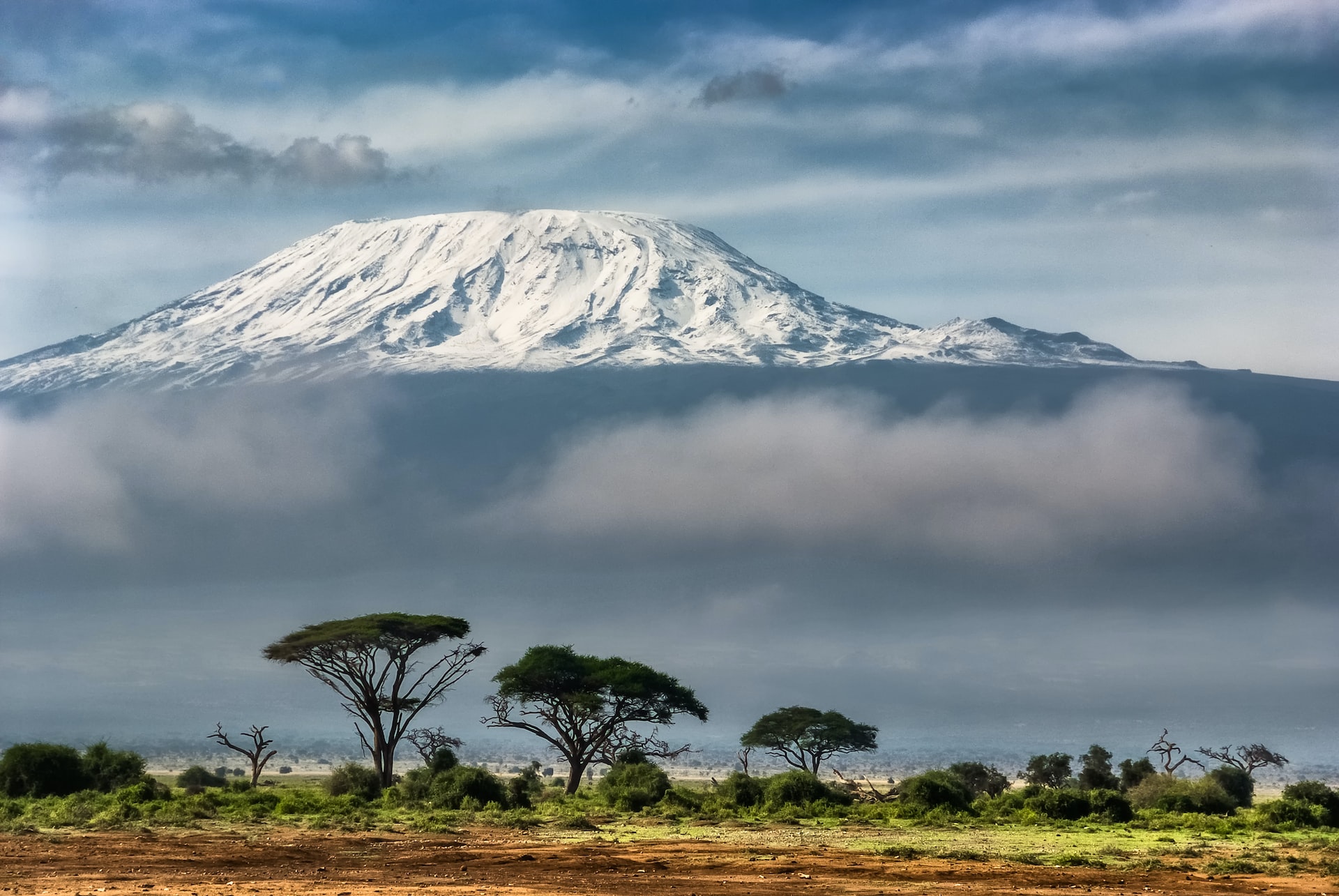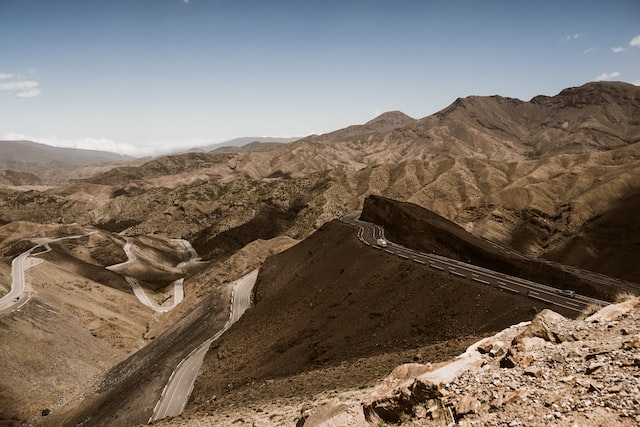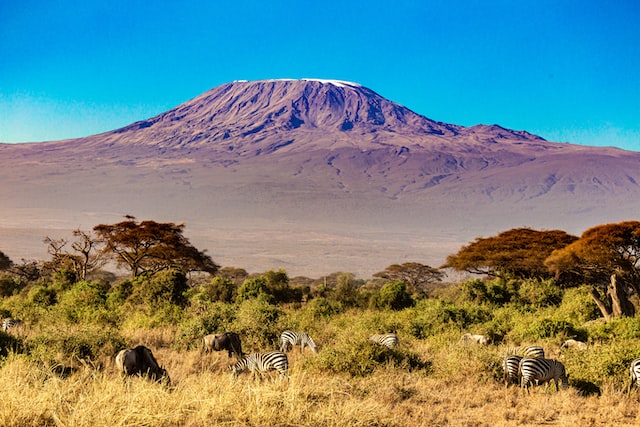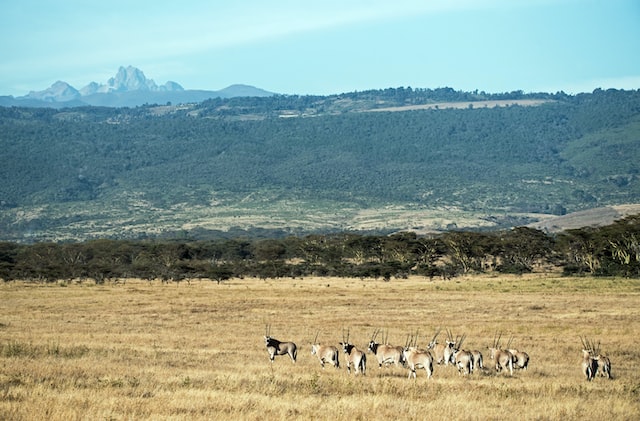
Breathtaking Mountain Views of Africa
Posted on December 16, 2022
Mountain views of Africa
A journey to Africa usually conjures up images of safaris in search of the “big five” of African wildlife. Or shopping in the souks of Marrakesh. However, those who want the thrill and breathtaking views that can be found only at the peak of a mountain will be pleased to learn that they are in for a treat. In this article, we’ll be going over the most breathtaking mountain views of Africa.
Some of the world’s most spectacular vacation locations may be found in Africa, including the snowy peak of Mount Kilimanjaro and the exceptionally diverse ecosystems of the Simian Mountains. It’s possible to begin a trek in the morning in a dense forest and end it the following day with drinks on a glacier. Whether you’re a thrill-seeking hiker or a nature lover, you will surely be impressed by these incredible African mountain peaks.
The Atlas Mountains
The Atlas Mountains in central Morocco are home to the 4,165-meter Mount Toubkal, the highest summit in North Africa. Even though there are several routes to take up the mountain, novice climbers should be prepared for a challenging trek due to the mountain’s varied and challenging topography.
As you make your way through this challenging area, you’ll see breathtaking gorges and verdant valleys and interact with the native Berbers, who have thrived here for centuries despite the region’s extreme adversity. Summer is the best time to tackle the Atlas Mountains.

Kilimanjaro
If you climb Tanzania’s 5,895-meter Kilimanjaro, you will stand at Africa’s highest peak. The spectacular mountain is Africa’s most popular trekking destination, attracting tens of thousands of visitors and adventurers every year. In fact, it’s one of the most astonishing mountain views of Africa! And the best part is that you don’t have to be an expert climber to summit Kilimanjaro; you just need to be in good shape. Having enough stamina is essential when hiking, so make sure you don’t skip your routine. Exercising while traveling is not only doable but advised as well.
In the last three to four years, there has been an increase in requests for Kilimanjaro since many people believe they are capable of climbing the mountain. Because the trek can be easily paired with a family holiday, it’s becoming increasingly popular to visit Tanzania. There are a total of six possible routes, and they vary considerably in terms of difficulty, environment, and success rate. You won’t need any unique tools for this.
On your route to the “Roof of Africa,” you’ll go through five distinct climate zones and experience arctic cold near the glaciers atop Kibo, Mount Kilimanjaro. According to climate change scientists, the ice and snow on the mountain’s highest slopes will melt and disappear within decades, so you’d better get moving.

Scenery of zebras and Kilimanjaro in the back
Mount Kenya
Although shorter than Kilimanjaro, Mount Kenya might be more difficult to reach. It towers above the landscape in Nairobi at an altitude of 17,057 ft. Mount Kenya, which is in Kenya, is a dormant volcano that is close to the Equator. Glaciers have melted and reshaped Mount Kenya, leaving peaks where they formerly stood. After the glacier disappeared, this mountain shrank by approximately 23,000 feet in height.
As you make your way up Mount Kenya, you’ll experience a wide range of environments. World Heritage-listed grasslands and lowlands surround the mountain’s base. As you ascend, you’ll come upon a verdant bamboo and cedar grove. Mount Kenya is home to a distinctly different tier of flora than anywhere else on Earth. The plants in this area are a cross between those found in Africa and the Alps. It will start to snow and freeze up in the upper alpine band.

Mount Kenya, at 5,199 meters, is Africa’s second-highest summit
Simien Mountains
The Simien Mountains, Ethiopia’s highest peaks, may be located in the country’s northern highlands. These magnificent cathedrals carved out of solid rock, and crumbling castles give the area an air of antiquity. In addition to its striking physical features, such as jagged lava peaks and seemingly endless views, tourists are drawn to the mountains by the region’s rich cultural heritage, where they may learn about ancient holy places.
The Gelada baboon and the Walia ibex are just two rare animals that call the Simien Mountains home. Gondar, known as the “Camelot of Africa,” may be viewed from the top of Ras Dashen. From the 12th through the late 20th century, the castle was the seat of Ethiopia’s Emperors and Princesses.
Mount Elgon
Extinct and magnificent, Mount Elgon is a prominent landmark in Uganda, as well as in Kenya. Its enormous crater is surrounded by various rocky peaks, the highest of which is Wagagai at 4,321 meters. Discover hidden passages and fly above cliffs where Mount Elgon’s streams cascade in spectacular cascades. Elgon’s slopes are blanketed in ancient, dense forests and bamboo belts, which give way to a breathtaking moonlike moorland zone adorned with tree heaths, giant grasses, and lobelias, making it one of the most spectacular mountain views of Africa. There are several routes to the mountain’s peaks, and completing the entire loop can take up to five days. Falling into the 40-kilometer-long, 8-kilometer-wide crater is also necessary.
Mount Stanley
Height: 15,109 feet. The Rwenzori Mountains are one of Africa’s most remarkable mountain ranges. Their ethereal atmosphere, vast vegetation, and deep black lakes earned them the moniker “Mountains of the Moon” from Ptolemy.
While Kilimanjaro is the more well-known and higher of the two African mountains, Mount Stanley presents a much greater challenge to anyone seeking to leave the continent’s highlands. You’ll need crampons to climb the Margherita Glacier and the high rock wall at the summit. Wellington boots will also help you walk through the famous bogs. Rwenzoris means “rainmaker” because it rains so much here.
Mount Guna
This peak is 13,517 feet high. Mount Guna, an extinct volcano, supplies the area with water. Rivers like the Gumara and the Rib originate in Mount Guna’s streams. A confluence of these rivers creates Lake Tana, the biggest freshwater lake in the area. Ascending Mount Guna requires no prior hiking experience and is doable by anyone. Hence, there is little need to bushwhack, although it is recommended that you have a guide just in case. The peak is truly one of the most breathtaking mountain views of Africa.


Comments are currently closed.